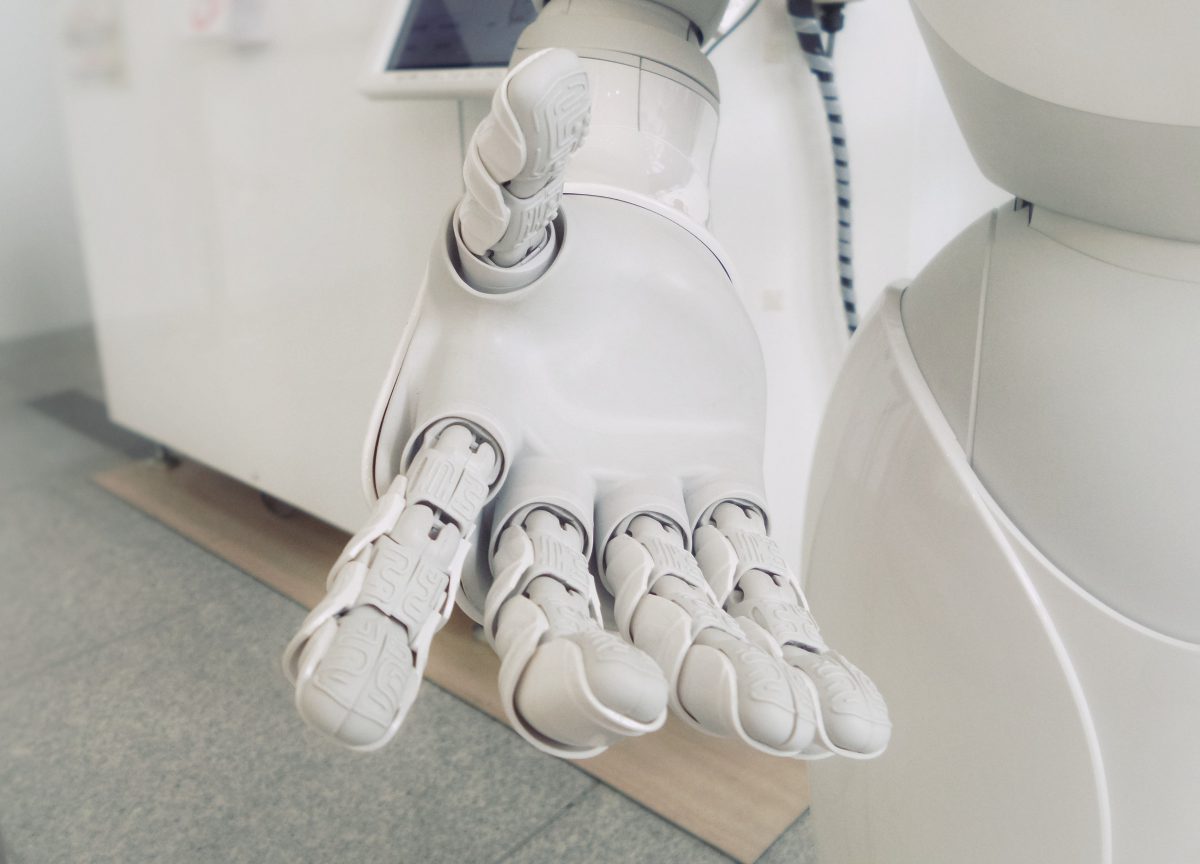Human-in-the-loop Machine Learning is an innovative approach to automation and can be an efficient way to leverage your business AI system by combining humans and machines in a continuous feedback loop. So, what exactly is human-in-the-loop and how can you implement it into your existing AI system?
Full automation might be the ideal goal for AI system in the future with numerous big achievements in the recent years, however, it is probably not the most cost-effective way to design the system. Such an AI model with enormous set of training data would be hard to acquire since it requires human expertise, even when there are many public data sets already available. To fill in the gaps, the hybrid system – human-in-the-loop has been created to accomplish what both humans and machines are unable to achieve on their own .
What is human-in-the-loop?
Human-in-the-loop, or HITL, represents an approach to automation problems with an emphasis on human-computer interactions.
In other words, when the AI system fails to solve a problem, humans jump in. This process creates a continuous feedback loop between humans and machines. The combination of human and machine intelligence creates a continuous circle where Machine Learning algorithms are trained, tested, tuned, and validated. Thus, the AI system continually learns and improves on the results.
HITL can be integrated into 2 types of Machine Learning algorithms:
- Supervised Machine Learning: Labeled data sets used by Machine Learning experts to train algorithms by adjusting parameters, in order to make accurate predictions for incoming data.
- Unsupervised Machine Learning: No labels are given to the learning algorithm, leaving it on its own to find structure in its input. Unsupervised learning can be a goal in itself (discovering hidden patterns in data) or a means towards an end (feature learning).
The crucial role of HITL in Machine Learning
Scarcity of data
As mentioned above, more training data equals better performance. However, gathering training data is not an easy task and requires both humans and capital resources to achieve efficiency. In many cases, even though we have a handful of open sources to obtain available data, the specific type of data needed to solve the automation problem does not exist and must be created. But not every firm has the time and money to do this.
The HITL approach is mostly used when the data set is rare, and during this early phase, human’s judgement proves to be more precise than the Machine Learning system’s prediction. Human interaction in this case helps set the foundation for the model, constantly providing feedback and allowing the AI model to achieve a higher confidence rate in prediction. The AI model in the later stages will process the training data and eventually take over the task.
Human-level precision
As per human’s judgement, there are many situations in the field of Machine Learning where we prioritise human-level accuracy to ensure safety, precision and sense of meaning.
For example, HITL serves in the healthcare sector allowing humans at various checkpoints to ensure safety protocol and fill gaps where algorithms are not confident in their probabilities or where they may fall short due to underlying biases. According to an article by McKinney on Nature, HITL AI model performs better than both a full automation AI system and human doctors in breast cancer screening, showing an absolute reduction of 5.7% in false positives and 9.4% in false negatives.
The aircraft manufacturing sector also implements HITL models during the inspection and maintenance stage of aircraft production to make sure that all the safety protocols are up to standard. AI-based predictive aircraft maintenance anticipates failures and provides preventive remedies. Even when the AI model proved to be helpful in this situation, it is still best to have the system monitored by humans to ensure safety.
An innovative way of building algorithms
Human-in-the-loop may not need to be implemented in every Machine Learning project, but it indeed shifts pressure away from building the perfect fully automated AI model. To be specific, the ideal Machine Learning model should balance between addressing problems that are more efficient to automate versus ones that require human rational and feedback. In addition, HITL helps increase the ability to experiment and come up with out-of-the-box solutions.
The future of HITL
HITL has already been implemented in a lot of sectors nowadays, especially healthcare and manufacturing with great success. But there are still many other ways for the human-in-the-loop AI model to shine in other fields. Venkatesh from Hacknernoon lists out some potential uses of HITL in the near future featuring many aspects of our daily life as well as company business.
- The use of traffic cameras that automatically detect lane violations for later human inspection
- Fitness applications that automatically record your calorie count from pictures of the food you eat
- Security cameras that annotate the root cause of motion sensor triggers (e.g. whether it was an animal, human, falling leaves, a car driving by, etc.) and react accordingly. It also helps decrease the frequency of false alarms
Conclusion
Human-in-the-loop is not the answer for the perfect fully automated AI model but an efficient and precise model that enhances human capabilities, integrates human interaction, preference, judgement and eventually creates more useful and meaningful Machine Learning systems.
Nexus’s AI Factory utilises HITL in the process of building the AI pilot programme and helps you achieve reasonable results even with a small or insufficient data set. Want to know more about other features of our AI Factory? Take a look at AI Factory here or contact us today to speak with one of our AI experts.




